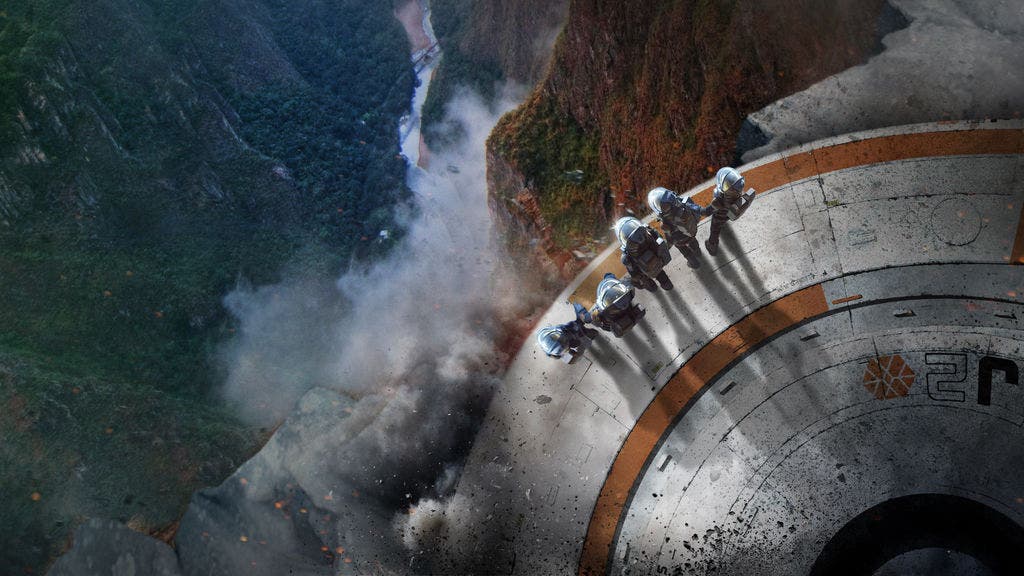The first season of Netflix’s sci-fi series Lost in Space was released back in April. It has proved a fairly successful program, and a second season is already in the works. The show is a modern reboot of Irwin Allen’s original 1960’s TV series of the same title and featuring most of the same main characters.
The sixties were a golden era for sci-fi. Perhaps the best-remembered sci-fi entertainment on television from that time is Star Trek. Often science fiction from this period kept the “science” aspect of its genre title. Star Trek often tackled biological and atmospheric concepts in their scripts and Allen’s Lost in Space grappled with matters like rapid climate change, time travel, and even antimatter.
The Netflix remake has also done a fabulous job at maintaining various scientific ideas as core components to the characters’ actions. The reboot is even more strongly rooted in science than its 1960’s counterpart. This can partially be attributed to the simple fact that the scientific community has grown significantly in its understanding of the universe in general in the past 50 years.
One of the aspects of the original show which was kept in the new rendition was young Will Robinson’s childish curiosity mixed with his brilliant scientific know-how. He doesn’t function very well under pressure, but that doesn’t mean he has a slow mind. On the contrary, he is able to retain a wealth of information.

A classic sci-fi element which was also a large part of the original Lost in Space is Will’s close companion, the robot. The robot is some form of alien AI, and it learns quickly. So its IQ would likely be classified under general or even super artificial intelligence. During the time Will spends with the robot, he sees the machine drawing a picture in the soil, a picture presumably of the robot’s place of origin.
This shows an ounce of similarity to certain developments in current experiments with AI tapping into their “artistic side” if they can even have such a quality. Of course, this show is called sci-fi because it’s fiction after all. Many movies and series featuring droids and other AI entities try to make these non-human characters as emotional and as relatable as possible. Will Robinson’s relationship with the alien robot is unique. It’s something more than just a loyal pet following its master and defending him, though the two do bear some resemblances.
The next most obvious scientific characteristic of the show is all the flora and fauna the viewer is exposed to. Several of the characters are scientists such as Maureen Robinson. Plus, the Robinsons and several other surviving parties are stuck on an alien planet. So you know they’re going to encounter some cool creatures. And they do.

With the John Williams-like music and the assortment of carnivorous reptilians, certain parts of the show feel like the Robinsons are stuck in Jurassic Park or Jurassic World. The world they’re trapped on is one of geysers, tar pits, purple grass, psychedelic fungi, and flowers which open in response to the sound of clapping hands. Interestingly, this last idea is not as much fiction as it is fact. Plants in different stages have been shown to react to various sound frequencies.
A loose retelling of the first few episodes of the 1960’s Lost in Space, the new series also pins the Robinsons in a time crunch to keep their family safe from the impending climatic danger which the planet’s orbital path presents. Only this drastic and recurring climate change is not one which the Robinsons can escape in their chariot. In the new version of the story, this is the dire natural catastrophe which forces them to leave the planet. This odd revolution is brought on by Hawking radiation coming from a black hole.
Very early on in the Netflix reboot, the survivors experience a downpour of stones falling from the sky. It is this rain which makes up a percentage of the planet’s soil as Don West suggests when he says that what they’re walking on could be diamonds. It turns out that he’s right because those stones raining down are diamonds. A diamond storm is probably worse than a hail storm. So everyone takes cover.
Once again, diamonds falling out of the sky is not as farfetched as it may seem. For instance, it rains diamonds on planets in our own solar system like Uranus and Neptune. And it rains other precious stones on different planets as well. A Jovian planet known as HAT-P-7b has been known to have rubies and sapphires rain down from its atmosphere. The new show includes many such interesting scientific aspects. It’s entertaining in many regards. Science geeks and sci-fi freaks have enjoyed and will continue to enjoy it.


